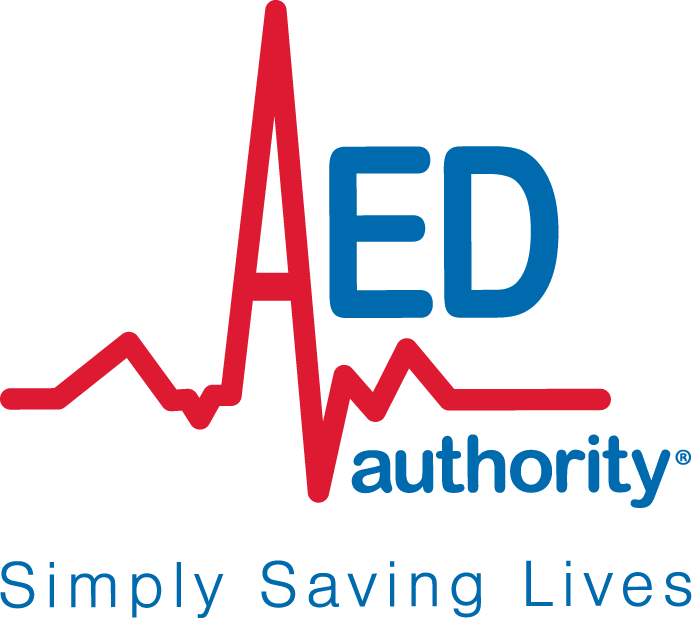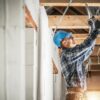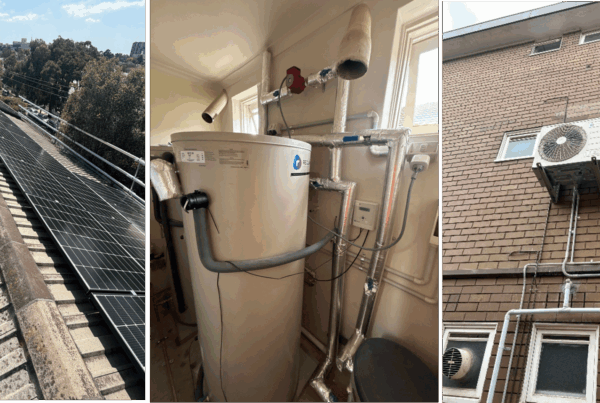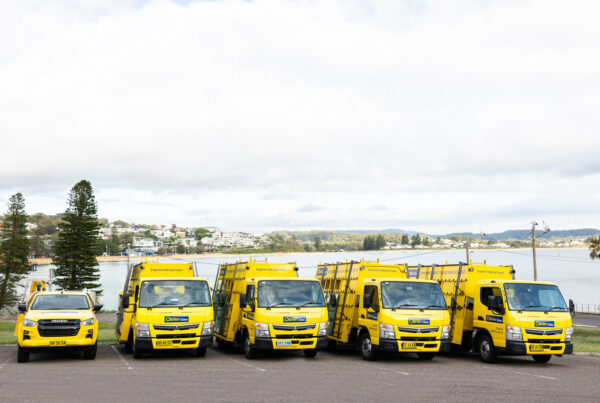With our health system and emergency services under ever increasing pressure, now more than ever is a good time to prepare your property with AED’s for medical emergencies.
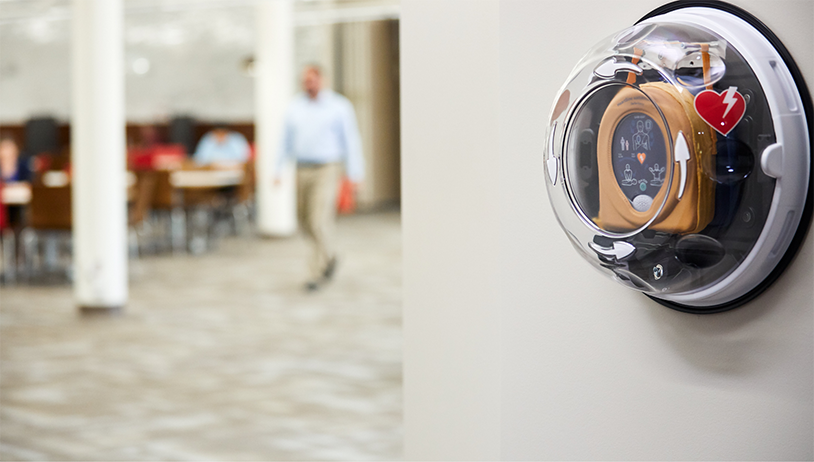
We hope you never have to use one, but if a cardiac emergency strikes, having an AED nearby means you’re ready to save a life. They can be used by anyone, no training needed.
Cardiac arrest is increasing
Out of hospital cardiac arrest is a leading cause of death worldwide and a significant public health issue in Australia. It does not discriminate and can happen to anyone, anywhere and at any time. Cardiac arrest numbers in Australia increased during the pandemic with paramedics attending a record number of events – almost 25,000. Sadly, only one in nine of those made it home to their families. But we can improve this.
The role of the automated external defibrillator (AED)
Defibrillation is an important step in treating cardiac arrest; in fact, it is the only way to restore a normal rhythm to a heart in arrest. In many cases of cardiac arrest, the heart is in a rapid, disorganised and irregular rhythm called ventricular fibrillation. While the heart is in ventricular fibrillation it is not able to properly pump blood around the body. An AED sends a measured electric shock (defibrillation) through a person’s heart, allowing electrical activity to resume. The heart can then return to its usual coordinated fashion and effective pumping. It is important to know that an AED will not administer a shock to a person’s heart if it is not needed.
Minutes matter
If you’re not trained or you’ve never used an AED – you’re better off waiting for the paramedics to arrive, right? Wrong. Minutes matter when treating cardiac arrest – they really matter. Sadly, the chance of survival decreases by 10 per cent for every minute without CPR and defibrillation, so the closer the nearest AED is the better the odds.
It is widely accepted that the time to first defibrillation is a significant factor in driving favourable outcomes for those experiencing out of hospital cardiac arrest. The shorter the time the better the outcome. The goal is three minutes from ‘drop to shock’. With ambulance systems across Australia under increased pressure and waiting times for advanced care blowing out, equipping your building with AEDs could mean the difference between life and death.

Bystanders are ready to help
Despite the pandemic, Australians are happy to step up and help in emergencies, which is great as bystander CPR improves survival rate and maintains a shockable rhythm for longer. Essentially, CPR buys time for someone to run and get the closest AED. Survival is significantly higher if the person is shocked by a public AED compared to waiting for paramedics (50 per cent vs 27 per cent). In 2020/2021, 13 per cent of out of hospital cardiac arrests were defibrillated by public AEDs. Imagine if there were more AEDs that first responders could access!
Protect your community
Every property has a vibrant community of workers, residents and visitors who all deserve to be given the best chance in the event of a cardiac emergency. Including AEDs in your first aid and emergency program is a sensible measure of protection and risk control. You wouldn’t think twice about having fire extinguishers, but you’re more likely to need an AED, so why hesitate?
We lessen the load
AED Authority helps you take care of the administrative duties associated with rolling out and maintaining a lifesaving AED program. Our unique AED Concierge program helps you and your devices stay shock ready. From monthly status-check reminders to post-event support and expiry date tracking, we’ll take care of your AEDs so you can take care of your community.
